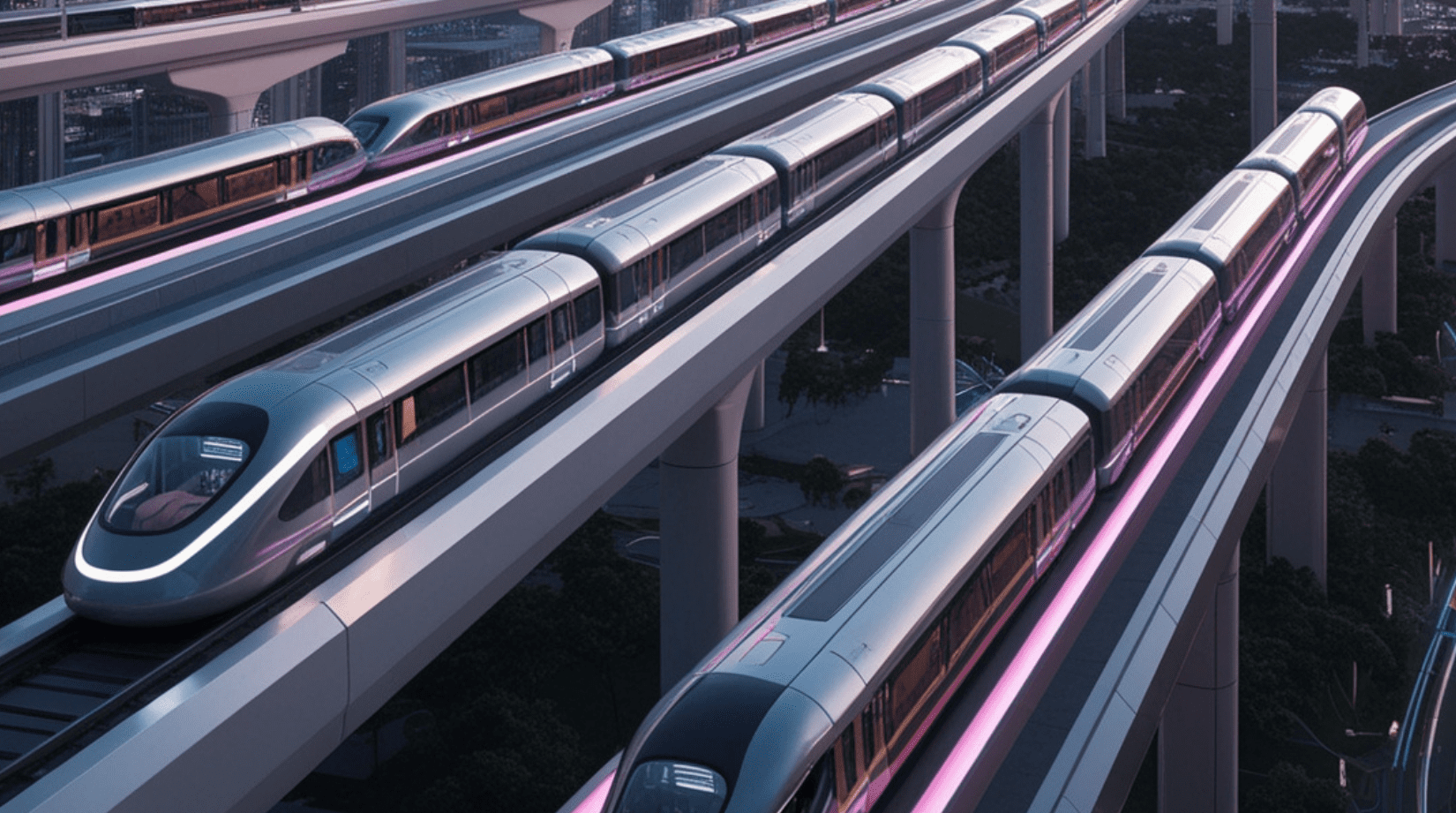As urban environments evolve, the transportation sector faces the challenge of adapting to increasing demands for efficiency, sustainability, and seamless passenger experiences. Central to meeting these challenges is the integration of smart transport connectivity. By leveraging advanced connectivity technologies, cities and transport operators are transforming how people move through urban spaces, creating smarter, more responsive transport systems that are designed to meet the future needs of mobility.
The Growing Importance of Smart Connectivity in Urban Transport
Urban mobility is undergoing a significant shift as cities grow and infrastructure needs become more complex. Traditional transport systems are being pushed to their limits, and passengers now expect more from their daily commutes—demanding faster, more reliable services, enhanced connectivity, and real-time information. Smart transport connectivity is at the heart of addressing these demands, enabling transport operators to create fully integrated systems that can monitor, adapt, and improve based on real-time data.
One of the key benefits of smart connectivity is the ability to gather and analyse vast amounts of data, from passenger numbers to system performance metrics. This data-driven approach allows operators to optimise routes, reduce delays, and improve service reliability, while also providing passengers with access to up-to-date information on their journey, from arrival times to unexpected disruptions.
Transforming the Passenger Experience Journey
The impact of smart transport connectivity on the passenger experience cannot be overstated. In the digital age, passengers expect more than just a ride from point A to point B; they want to stay connected and productive while on the move. High-speed Wi-Fi is no longer seen as a luxury, but as a standard feature of modern public transport systems.
However, the benefits of smart connectivity go beyond just providing Internet access. Passengers can now enjoy a more personalised travel experience, with real-time travel updates, adaptive environments, and access to a range of onboard services that enhance comfort and convenience. From entertainment options to targeted information about their journey, smart transport connectivity allows for a more tailored and enjoyable passenger experience, ultimately improving customer satisfaction and boosting ridership.
Operational Efficiency and Data-Driven Decision Making
For transport operators, the integration of smart transport connectivity delivers substantial operational advantages. By connecting onboard systems and leveraging real-time data, operators gain valuable insights into both the performance of their vehicles and the behavior of their passengers. This enables them to make more informed decisions that improve service quality and efficiency.
For instance, predictive maintenance powered by smart connectivity allows operators to identify and address potential issues before they lead to costly breakdowns or service interruptions. By monitoring the health of critical systems in real time, operators can perform maintenance at the most optimal times, reducing downtime and extending the lifespan of vehicles.
Moreover, connectivity enables transport operators to manage and prioritise data flows from various onboard systems, such as passenger information systems (PIS), video surveillance, and real-time passenger counting. By utilising the same connected infrastructure for multiple applications, operators can optimise their resources, reduce costs, and improve overall service reliability.
Sustainable and Smart Urban Mobility
As cities around the world strive to reduce their carbon footprints and create more sustainable urban environments, smart transport connectivity plays a pivotal role in making public transport a greener, more energy-efficient option. Connected systems allow operators to monitor and manage energy consumption in real time, helping to minimise emissions and fuel usage across the transport network.
In addition, the ability to gather and analyse data on passenger flows enables transport operators to better manage capacity, reducing congestion and improving the overall efficiency of the network. This results in a more sustainable transport system that aligns with the growing global push towards environmental responsibility.
The Future of Urban Mobility is Connected
Looking ahead, the future of urban mobility will be shaped by the continued advancement of smart transport connectivity. Emerging technologies such as Satellite Internet, 5G, Wi-Fi 7, and AI-driven analytics will further enhance the capabilities of urban transport networks, enabling faster, more reliable connections and smarter, more responsive systems. These technologies will allow for real-time decision-making at an unprecedented scale, helping to create transport systems that are not only more efficient but also more resilient and adaptable to the changing needs of urban populations.
As cities continue to embrace the concept of smart mobility, transport operators will need to invest in cutting-edge connectivity solutions to stay ahead of the curve. By doing so, they can ensure that their systems are equipped to meet the challenges of the future, providing passengers with the seamless, connected experiences they expect while also improving operational efficiency and sustainability.
At Icomera, we are proud to be at the forefront of this transformation. With over two decades of experience delivering market-leading connectivity solutions, we are committed to empowering urban transport networks with the tools they need to thrive in the era of smart mobility. By partnering with cities and operators around the world, we are helping to shape the future of urban transport, one connected journey at a time.

